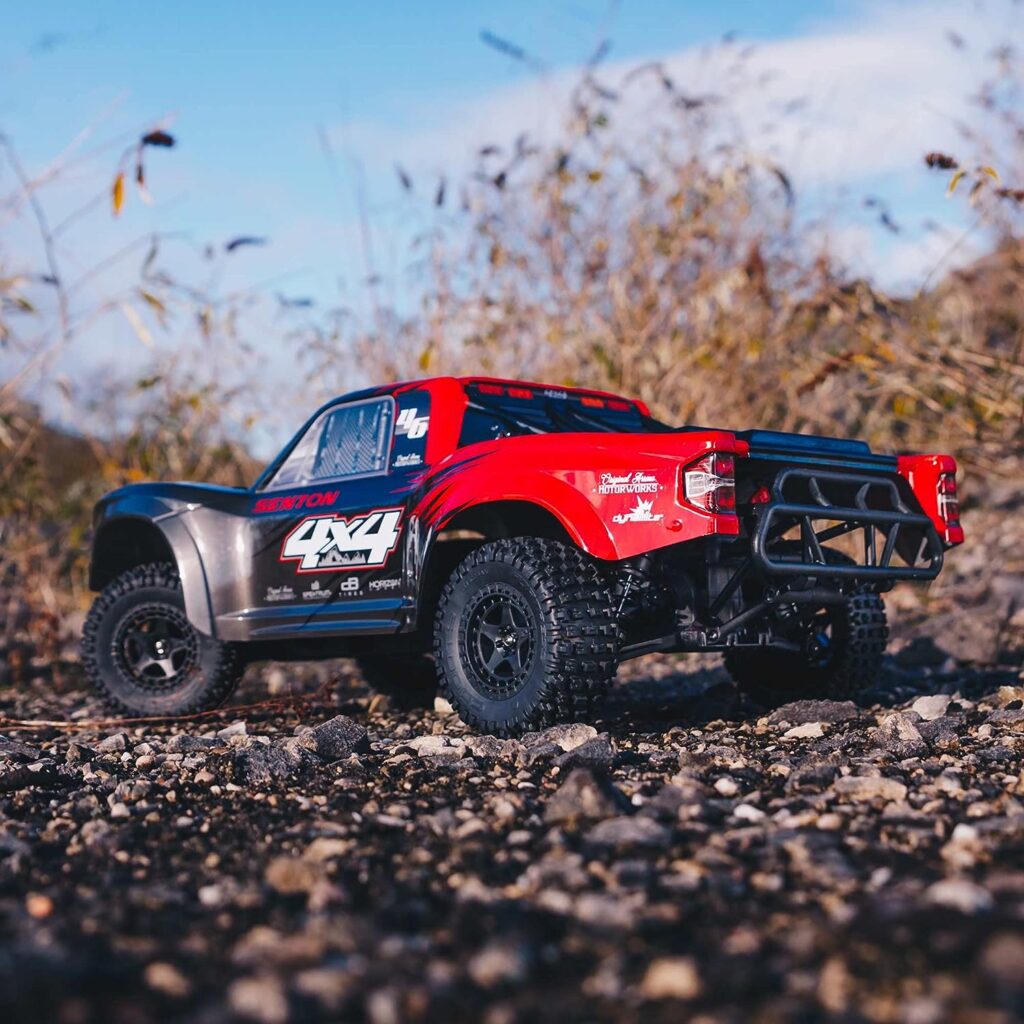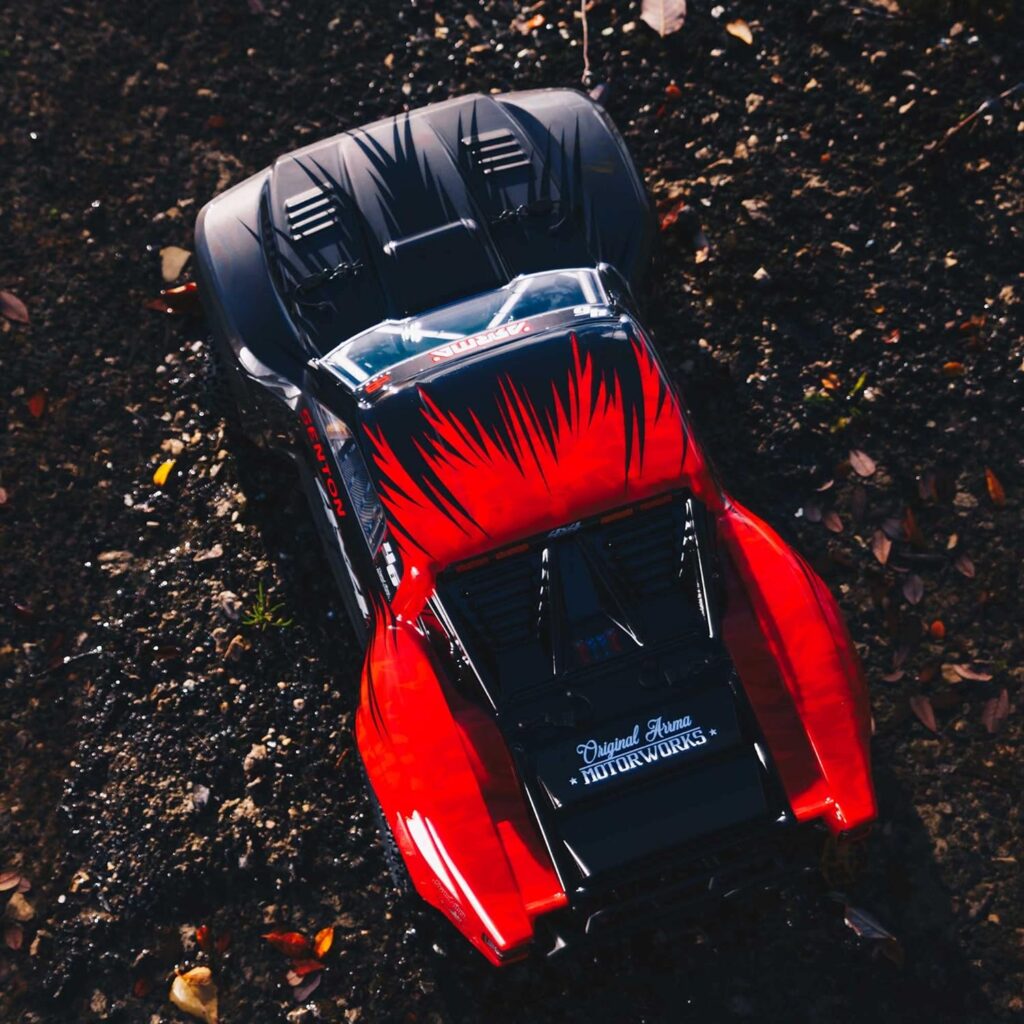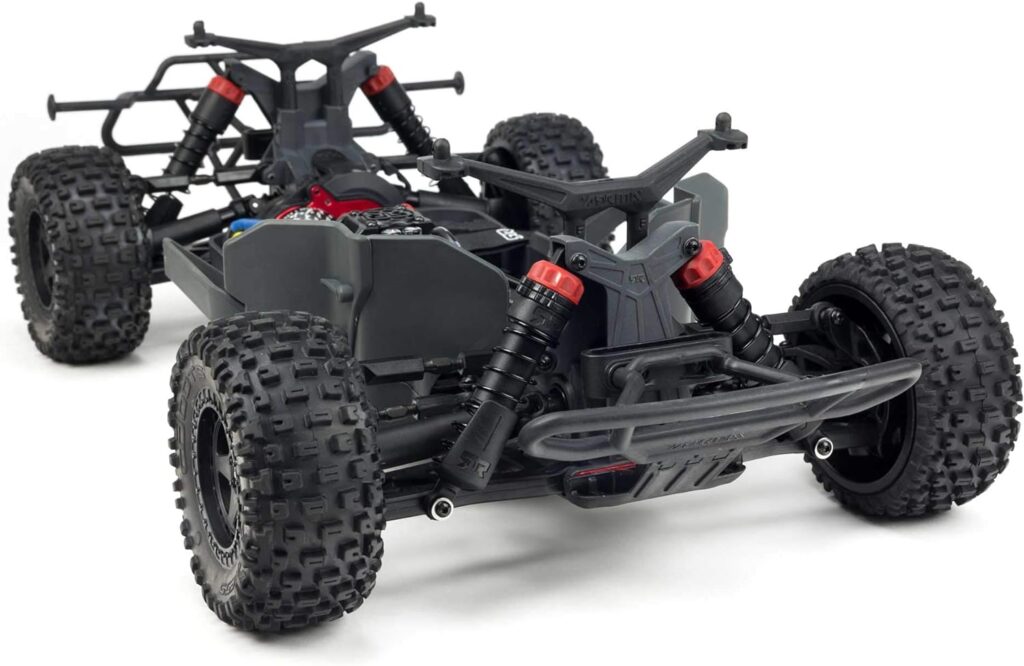RC cars are incredibly fun to drive, but their sensitive electronics and moving parts can easily be damaged when exposed to water, mud, or other wet conditions. To protect your investment and extend the life of your vehicle, it is important to properly waterproof your RC car. In this beginner’s guide, we will walk through all the steps needed to effectively seal, coat, and troubleshoot your RC vehicle against moisture.
Why Waterproof Your RC Car?
RC cars are designed for optimal performance in dry conditions, making their electronic components and mechanical parts highly susceptible to water damage. Moisture can easily seep into the intricate circuitry and cause shorts, corrosion, and complete electronic failure. The motors are also at risk of rusting and seizing up if water penetrates the metal components. Even the chassis and moving arms can deteriorate quicker when exposed to wetness regularly. Bearings and joints are prone to collecting dirt and eroding faster as well.
Not only can puddles, rain, and snow wreak havoc on your RC car, but also everyday wet grass and humidity. Don’t take chances with your expensive RC vehicle in these conditions! Taking the time to properly waterproof it will greatly extend its lifespan and protect your investment. The steps outlined in this guide will show you how to seal, coat, and maintain your car to make it virtually waterproof and rain-ready. Follow along to keep your prized RC car in top performing condition, rain or shine.

Preparation
Before starting the waterproofing process, some preparation is required. You will need a variety of supplies – silicone sealant, rubber gaskets, masking tape, spray wax or waterproof coating, rags, plastic containers, and brushes. Choose high quality products designed specifically for RC applications. You will also need basic tools – screwdrivers, wrenches, pliers, wire cutters, and a soldering iron. Ensure your workspace is clear, dry, and well lit. Cover the surface with plastic sheets or cardboard to catch any drips.
Completely disassemble your RC car prior to cleaning and waterproofing. Keep track of each screw and component by taping them to labeled plastic bags. Thoroughly clean all the parts with isopropyl alcohol to remove existing dirt and oil buildup. Pay special attention to the interior electronics and frame components. Let the parts dry completely before applying any waterproofing measures. Taking the time to properly set up your workspace and disassemble the car will make the sealing process much easier.
Sealing the Electronics
The sensitive electronics of your RC car need extra protection from moisture. Start by inspecting the battery compartment. The cover should have a rubber gasket that creates a watertight seal when closed. If the gasket is cracked or missing, replace it with a new one. Apply a small bead of silicone sealant around the edge of the battery cover to provide additional insurance. Next, use high quality insulating tape to wrap all the wire connectors and joints in the vehicle. This prevents water from seeping into the gaps. Wrap the tape tightly around each wire and connector several times to fully insulate them.
Finally, check the motor housings. Apply a small amount of weatherproof silicone grease around the seam where the motor shafts meet the housing. This will prevent water from entering through the shaft seals as the motors vibrate. Taking time to properly seal all electronics components will greatly improve water resistance. Your RC car’s sensitive circuitry will now be well protected inside a waterproof shell.

Coating the Body
The exterior body of your RC car also needs protection from the elements. Spray-on waterproofing products work well to repel moisture on the outside shell. Use an aerosol plastic sealant or a liquid rubber coating made for RC cars. Apply 2-3 even coats, allowing drying time between coats. These products will create a flexible barrier against water on the chassis. Another option is to use a spray-on automotive wax to make the body super slick and non-stick. Just avoid waxing any plastic or rubber tires, as this can make them too slippery.
Thoroughly seal all seams and gaps in the bodywork with weatherproof silicone. Pay special attention to spaces between body panels, hatches, and clear plastic windows. Running a bead of silicone sealant along these seams creates a watertight barrier. Any points where screws enter the body must also be sealed. With the electronics protected on the inside and the exterior shell waterproofed, your RC car is ready for action in the rain.
Troubleshooting
Even with proper waterproofing, issues can still pop up that need troubleshooting. If you notice the protective coatings peeling or chipping over time, thoroughly clean and dry the area before reapplying a fresh coat. For the best adhesion, lightly scuff the surface with fine sandpaper first. Electronics failures from moisture are harder to fix, but starting with visual inspection can help diagnose issues. Look for corrosion, damaged seals, and water deposits inside the chassis. If a specific component like a servo or speed control is malfunctioning, it may need replacement or drying out. Removing the electronics and gently air drying for 24 hours may revive components after light water exposure. Just don’t power on until completely dry.
For long term maintenance, occasionally repeat the sealing process, especially on high wear areas like wire connectors. Check tire treads and body seals before wet weather driving. While not invincible, your waterproofed RC car should now be able to withstand most wet conditions and humid environments. Just be sure to perform occasional troubleshooting and maintenance to maximize its water resistance.

Final Thoughts
With proper preparation, sealing, coating, and occasional maintenance, your RC car can handle wet terrain and humid conditions with ease. Just take care to thoroughly seal the electronics, chassis openings, and tires using the recommended products and techniques. Caution should be taken when driving in extremely deep water or heavy rain. While water resistant, RC cars are not completely submersible. Avoid completely submerging the car or letting water collect in the tires and chassis for long periods. That level of water exposure can still damage electronics over time.
Overall, be sensible when running in wet conditions by performing regular maintenance and checking for any new leaks or damage after heavy use. And never power on your RC car if you suspect water has infiltrated the electronics. Following the guidance in this article will lead to a long lasting, optimized waterproof setup. Just use common sense and your RC car will thrive even in the rain and mud.
Enjoyed this guide of Waterproofing Your RC Car? Then be sure to check out our other guides.